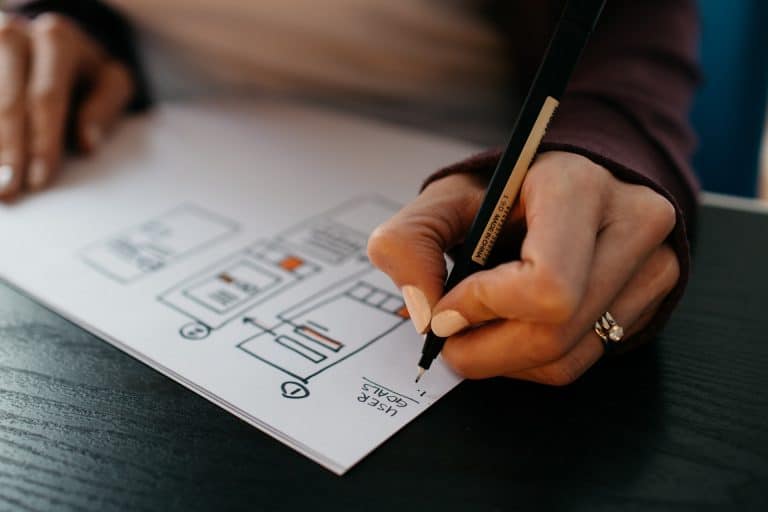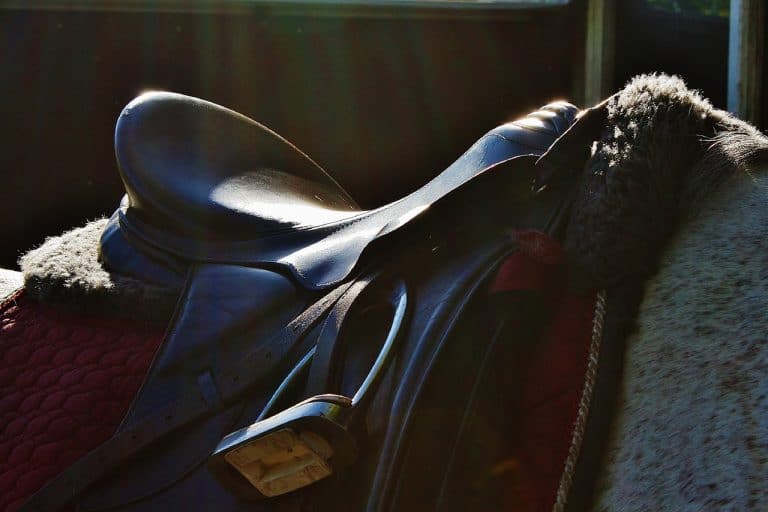Coaching the Uncoachable
Coaching is a powerful tool, as a riding instructor we have access to so many aspects of people’s lives. We become a friend and a therapist. Winston Churchill said there is nothing better for the inside of a man than the outside of a horse. And that is so true. Riding a horse allows us to open up about other things, work, personal issues, and self-confidence issues. As an instructor, we must learn to coach our students in many aspects of their lives without stepping on their toes. We also must identify those who don’t want to be coached. I know it sounds crazy, but there are people who pay for lessons, who don’t really want to learn or try to ride the way you are asking them to ride. There is a perceived status for taking lessons. And for these people, they just want to be part of the crew or part of the barn and they are not really interested in learning a new way of doing things. Aw, The uncoachable. Some of them know they are uncoachable and some are totally unaware that they fit into this category.
How an instructor deals with students who are resistant to learning and helps them overcome their barriers to learning and improvement is not always easy. I have been known to totally turn out during these lessons but then I feel guilty for not trying harder to help my students understand where we are trying to go. So, I have spent a lot of time looking for ways to help the uncoachable.
Understand Why
Before you try to teach uncoachable students, you have to understand why they are resistant. Do they think they know more than you? Are they aware that their body perception is lacking? Are they stressed from work? Do they have a different perception of their strengths and weaknesses? Do they have any concerns or challenges that prevent them from applying the feedback? These are questions I ask myself while I am working with my students. Some instructors may be more open and ask these questions directly but I do not. I do listen to what my students tell me throughout our interactions both mounted and unmounted. But I know if someone asked me directly I would shut down even more. So I assume others would react the same way.
It is important as an instructor that we don’t assume we know why our students are tone deaf to our instruction. If I do this, I may end up providing a solution to something that doesn’t exist. For example: I have a student who is very successful. She has worked very hard to get where she is in her career. Sometimes she gets to the barn and can’t turn off the stress of her professional life. And as a result, her horse shuts down and refuses to go forward. Not because the horse has a bad work ethic but because she is so tight from the stress that she brought to the barn that she cannot relax and move with her horse. Therefore, she is blocking her horse’s movement. When this happens, her reaction is to use her dressage whips rather forcefully. And that just results in her horse running around. When we are trying to get a relaxed engaged uphill canter, we get a flat back, nose out, angry gallop that does not allow any progress in the development of the horse. When I first see her horse shutting down, I suggested that she get after him and make him go. Or I can take a few minutes at the beginning of her lesson and discuss her work while she is walking and stretching her horse. The latter is much more successful in terms of progress with the horse.
Coaching and instructing is a relationship-based process, just like riding your horse, that requires mutual respect and trust. If I want to help my students get the most of the time we spend together, I need them to trust me first. I need to have an idea about what is going on in their lives and I need them to know that I am a safe person to open up to. Sometimes students with insecurities need someone to acknowledge their achievements and efforts. By being respectful, and supportive, I can help my students get the most out of their lessons.
As an instructor, I sometimes need to demonstrate my credibility and competence as a coach and rider. I share my experiences with my horse as it relates to whatever my students are working on. Relating to their current situation helps to get the barriers down and helps us all to see that everyone has been in similar situations. I can then discuss how I got the results I wanted with my horse. Hopefully, this type of instruction helps us both develop a mutual connection that will benefit the horse.
Adapt my teaching style
Not all students respond to the same coaching style or the same verbiage. Some may prefer a directive approach, while others may prefer a collaborative or facilitative approach. Some riders if asked to go warm up their horse will trot aimlessly around the outside of the ring and the idea of a circle or bending will never cross their minds. Others come into the ring, put their horse on a 20-meter circle, and start doing transitions. As an instructor, I like using analogies to describe how things should feel or to help get the rider’s body where I want it. As I develop my coaching skills, I have learned that not all of my students can relate to analogies. And some students need different analogies for the same situation. I have some students that don’t understand analogies at all. To help students who are resistant to my input, I need to adapt my teaching style to their personality and their learning style.
I do think all of us involved in the dressage journey understand why we need a coach or an instructor. Intellectually at least, I feel like my students, who are uncouchable are unaware that they are uncoachable. I do have some that think they know more because they have ridden longer, or they have read more articles. Maybe, they know the rule book better. But the cool thing about horses and dressage is that there is always another way of doing it. Horses and people are all so different and every lesson involves two brains, two bodies, and two opinions. Okay, maybe I should say 3 brains and 3 opinions. Because the instructor counts. What worked for the rider/horse combination in the last lesson may not work for the person I am currently teaching. So I have to change to suit the rider/horse combination currently in the ring.
I do find that focusing on the riders’ goals and reflecting on the advances towards that person’s goals helps some riders to accept positive instruction. Reflexing on where we were in relation to where we are going can help students open up to moving forward.
I have also found that having the student tell me what they want to work on in their lesson empowers them and helps break down barriers. Instead of announcing what we are going to work on, I simply ask the rider what they feel is important or how I can help them reach their goals. For example: We have a dressage show coming up in three weeks; What do you think is the weakest part of your test? Or your last show the judge was not happy with the blah blah movement, do you think that would be a good place to start? By empowering my students, they take responsibility and accountability for their own learning and development. And this helps them to be more involved and more coachable.


